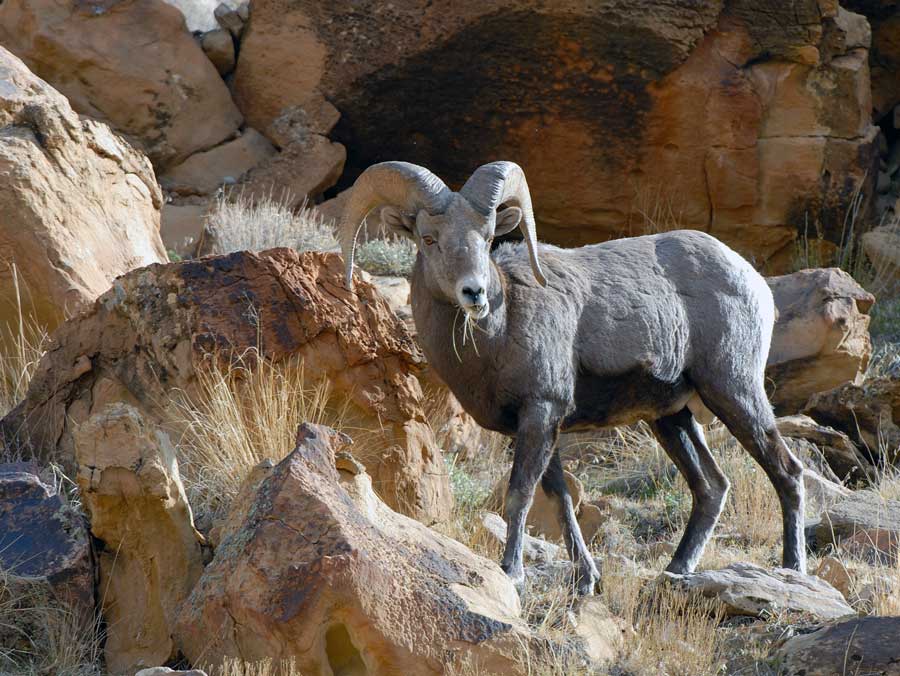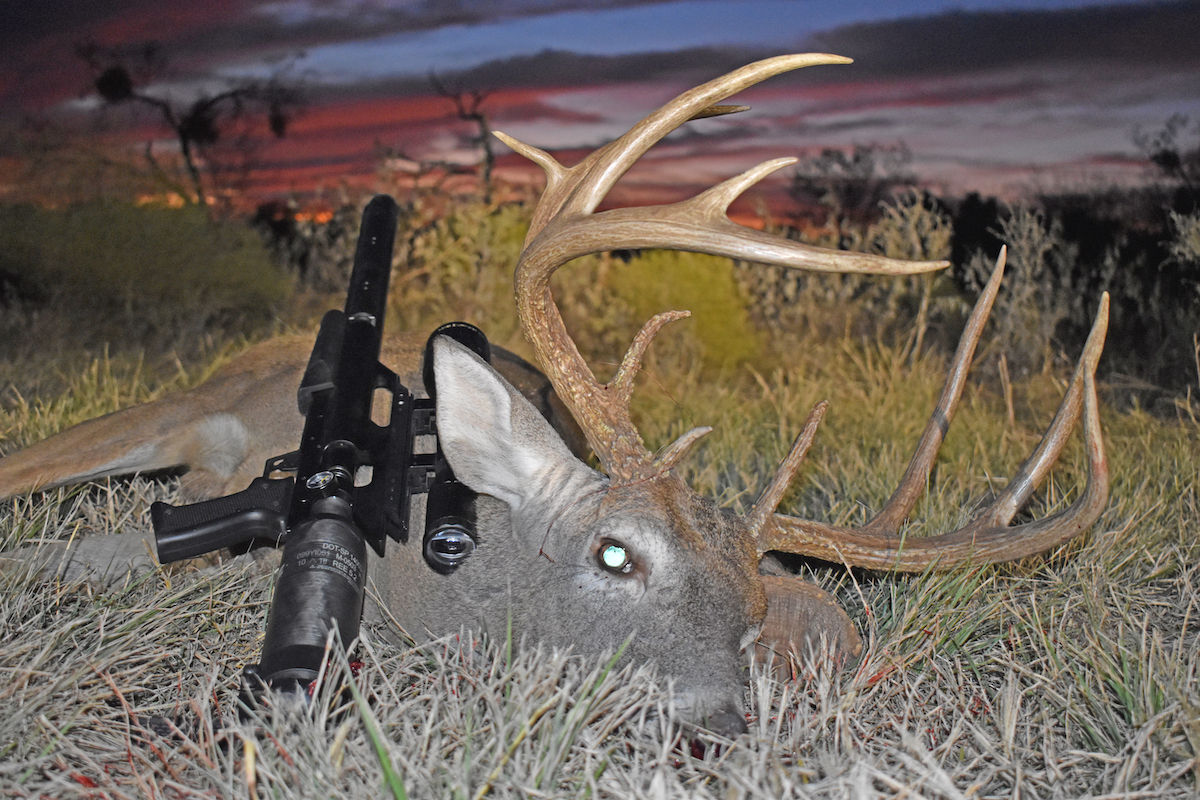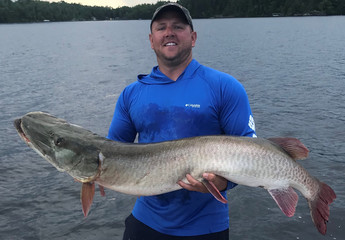A year after a contagious respiratory disease decimated a bighorn sheep herd at Antelope Island State Park, the Utah Division of Wildlife Resources successfully reintroduced a new herd of 25 bighorn sheep to the island on Wednesday, Jan. 29.
Bighorn sheep existed on Antelope Island prior to European settlement of the area, but by the early 1900s, bighorn sheep were no longer found on the island. The first reintroduction of the animals on the island occurred in 1997 when 29 bighorn sheep were released. That herd thrived and eventually provided almost 250 bighorn sheep to start three additional herds around Utah.
In November 2018, DWR biologists discovered that some of the GPS-collared bighorn sheep on Antelope Island were dying, and by December 2018, the cause had been confirmed as respiratory disease. In order to avoid chronic respiratory disease and to reestablish a healthy herd of bighorn sheep, the remaining bighorn sheep on the island were euthanized in January 2019.
DWR officials worked with several organizations, including Utah State Parks, Utah Wild Sheep Foundation and other conservation groups, laboratories, Wildlife Services and KUIU, to get a new bighorn sheep herd reintroduced to Antelope Island. Twenty-five bighorn sheep were captured on the Rocky Boy’s Reservation in Montana and relocated to the island on Wednesday.
Ultralight performance hunting gear company KUIU and KUIU customers purchased the bighorn sheep, directed all the logistics at Rocky Boy’s Reservation, and funded the capture and relocation from Montana to Utah, as part of its ongoing mission of wildlife conservation.
“This is a huge win for bighorn sheep in the West,” Brendan Burns, KUIU’s Chief Hunting Officer and Conservation Director, said. “This project shows the power of what’s possible when the hunting community works together toward a common conservation goal to drive real results.”
In an effort to prevent any future disease outbreaks, Antelope Island State Park officials constructed a wildlife fence on the southern end of the island. The fence should prevent bighorn sheep from leaving the island and coming into possible contact with any animals carrying the pathogens that cause respiratory disease. DWR biologists tested each bighorn sheep for disease before releasing the new animals, and GPS collars were also placed on each of the bighorns so the animals can be monitored. Biologists will continue to perform periodic health assessments of the herd to monitor their condition.
“Antelope Island is thrilled to once again be a home for bighorn sheep,” Antelope Island State Park Manager Jeremy Shaw said. “We are excited that visitors will again have the opportunity to see these animals in the wild when they visit our park.”
The DWR is working to add some additional animals to the herd and has an eventual management goal of 125 bighorns on Antelope Island.
“Antelope Island has already proven itself as an invaluable resource for bighorn sheep in Utah, due to its ideal rugged habitat and relative isolation,” DWR Bighorn Sheep Biologist Jace Taylor said. “Even though the previous Antelope Island bighorn herd was lost, there are currently more than 600 bighorns in Utah that are descended from the 29 bighorns brought to Antelope Island in 1997. We hope this new bighorn herd will be even more successful and help provide a bright future for bighorn sheep across all of Utah.”




